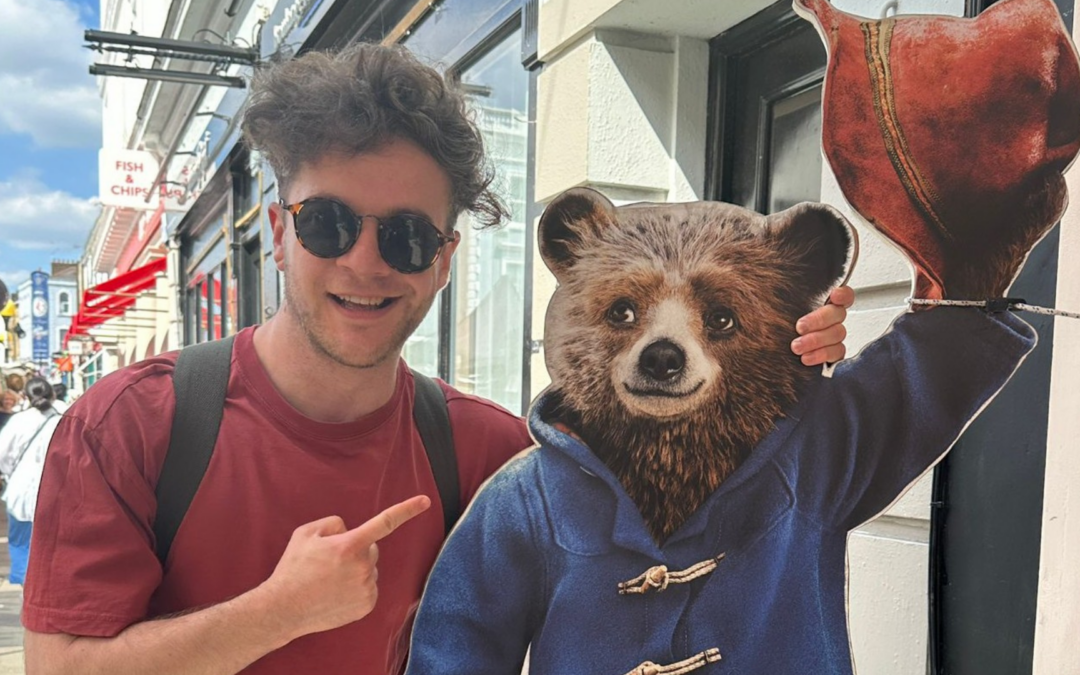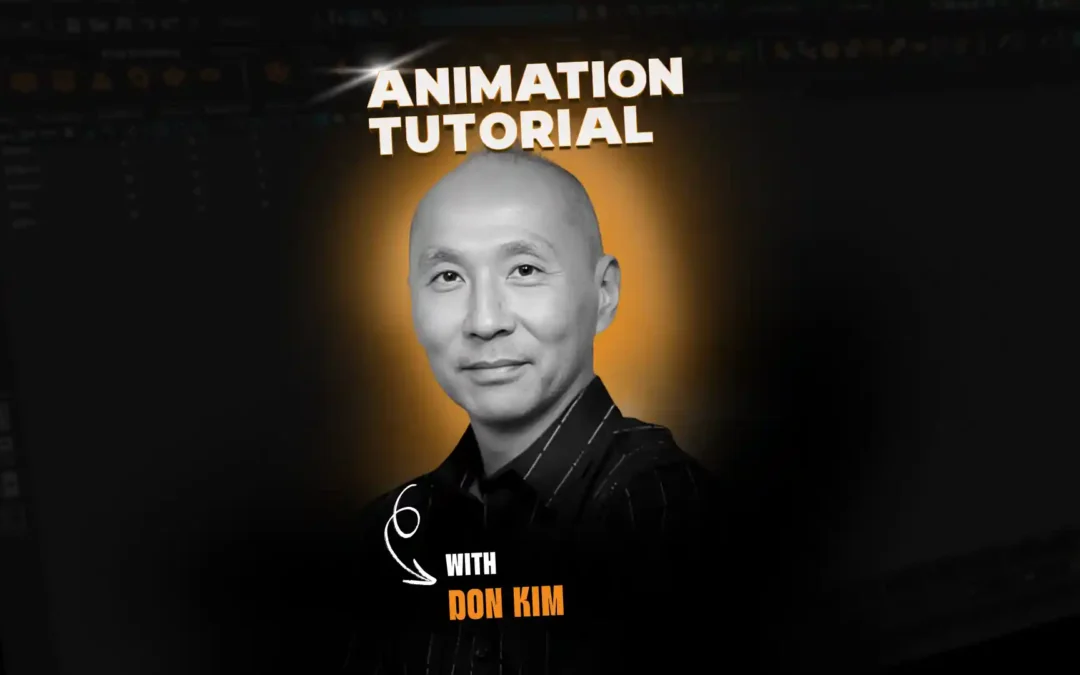
Well-executed animation is entertaining to watch. A big question we get from our students is how to keep their animation alive in the quiet moments. In this post, one of our beloved mentors and Industrial Light & Magic animator Keith Sintay, talks about the most critical elements for bringing your shots to life and how you can make your characters more entertaining in order to capture your audience. Read on and become inspired to make your animations reach newer heights!
– The Animation Mentor Crew
When creating and staging a long, one character shot, the difficulty lies in keeping the shot interesting and entertaining, but also keeping it clear and believable.
The large-scale structure of a shot or scene has three parts: goal, conflict and disaster. Each of these is extremely important, and I will try to define what these are and how they are critical to the structure of the shot.
- Goal: A goal is what your character wants at the beginning of the shot. The goal must be specific and clearly definable. The reason the character must have a goal is that it makes your character proactive. It is a simple fact that any character that wants something desperately is an interesting character. Even if he or she is a villain (and often moreso!), they are interesting, and you want your audience to identify with them. The audience can feel what the character is feeling.
- Conflict: Conflict is a series of obstacles that your character faces on the way to reaching their goal. You should try to create conflict in your shot; if the character reaches his/her goal without conflict, then the audience gets bored. The victory has no value if it comes too easily. So you make your character struggle and the audience will live out that struggle too.
- For example, the struggle can be in the dialogue, or in other characters interrupting, or even in a secondary action like a shoelace breaking when trying to tie it or a cup overturning and spilling. The longer your shot is, the more “business” you will have to come up with that is natural that will keep your audience involved.
- Disaster: A disaster is a failure to let your character reach their goal. If the story allows it, don’t give them their goal; winning can be boring! Make something awful happen and your audience wants to see what happens next.
So, after you create your goal, conflict and disaster, you have to follow through to a reaction. When something terrible happens, your character becomes out of sorts, off balance. So show your character reacting believably to the disaster. Show them hurting, or in a dilemma. A dilemma is a situation with no good options. In a real disaster, there are no good choices. This gives the audience a chance to worry and wonder what will happen next.
A nice series of monologue acting shots from Morgan Freeman in the The Shawshank Redemption. Notice the small nuances in his body language and mannerisms to show where he is at as a character.
Here we see Leonardo DiCaprio in Inception use a wine glass as a prop to motivate secondary actions within his main poses (seated and pacing around).
When blocking out your one character shot, ask yourself a few questions:
- What is the purpose of this shot? What do I want to convey to the audience?
- How does it fit into the sequence of shots that surround it?
- Begin to visualize and act out how your character would move about the space; are there props they can use?
- Are there elements of the scenery that can be exploited and used, like a table, or chair?
Watch Clarice Starling (Jodie Foster) facial expressions slowly change within one major pose as Hannibal Lecter (Anthony Hopkins) psychologically breaks her down. By contrast, Anthony Hopkins has 2 to 3 major poses and a series of staccato minor poses.
Generally when we animate, we try to keep the animation within two to three MAJOR poses and act within those poses (unless it is an action scene). You find those poses and come up with your other MINOR poses and business that will happen within your MAJOR poses. For example, if a character is seated, and is feeling stressed, he might start to “play with” or absent-mindedly move objects on the table, or rub his hands together. Staying seated, he could look around, and then realize he is too jumpy to just “sit there,” so he stands (major pose number two). He crosses and uncrosses his arms, shifts his weight, lights a cigarette, drops the match, can’t get another one lit, tosses the cigarette, etc…Finally, the character hears the phone ring and leans over to answer it, and hastily hangs it up and leaves (pose number three). Or he sits back down and begins to cry. But during all of this, you are creating interesting, real moments of business, acting within two to three poses.
An exaggerated animated example by Student Aaron Sutherland, that conveys the goal, conflict, and disaster within a shot
When you only have one character in your shot, and it is a long shot, it is up to you as an animator to keep that character alive. Hopefully, the shot has some “inner conflict” that the character is struggling with. Then you can create facial expressions and body language that will tell the story that dialogue might not tell. If it is simply a character waking up and it is a bright sunny day, the GOAL would be getting the character up and out of bed. The CONFLICT can be she does not want to get up. Or does she get up and have a realization – her legs aren’t quite ready to stand yet or she simply misplaced her slippers. The DISASTER would be that she overslept. How does she deal with this realization? Is she in a sunny disposition and simply smiles and shrugs her shoulders? Or does she panic and quickly grab her robe and run out of the room?
When I block out a long shot, as with any shot, I try to find the strongest, clearest poses that will tell the story – the KEY poses. Then, I add some break downs and begin to time out the action. Hopefully, I have come up with some secondary action and business that will be believable and keep the character interesting. I don’t worry about the length of a shot, you just take a deep breath and look for the entertaining bits and capitalize on those.

Keith has an immense wealth of experience which spans his 20+ years in the animation industry. He has been a character animator at Walt Disney Studios, Dreamworks Feature Animation, Sony Pictures Imageworks, and Digital Domain as well as many smaller independent commercial houses. You can see some of this work in Iron Man 3, Avengers: Age of Ultron, and Teenage Mutant Ninja Turles. He is also a veteran mentor at Animation Mentor since 2006. He’s taught Advanced Acting, Feature Animation Acting & Polish and Introduction to Acting.



